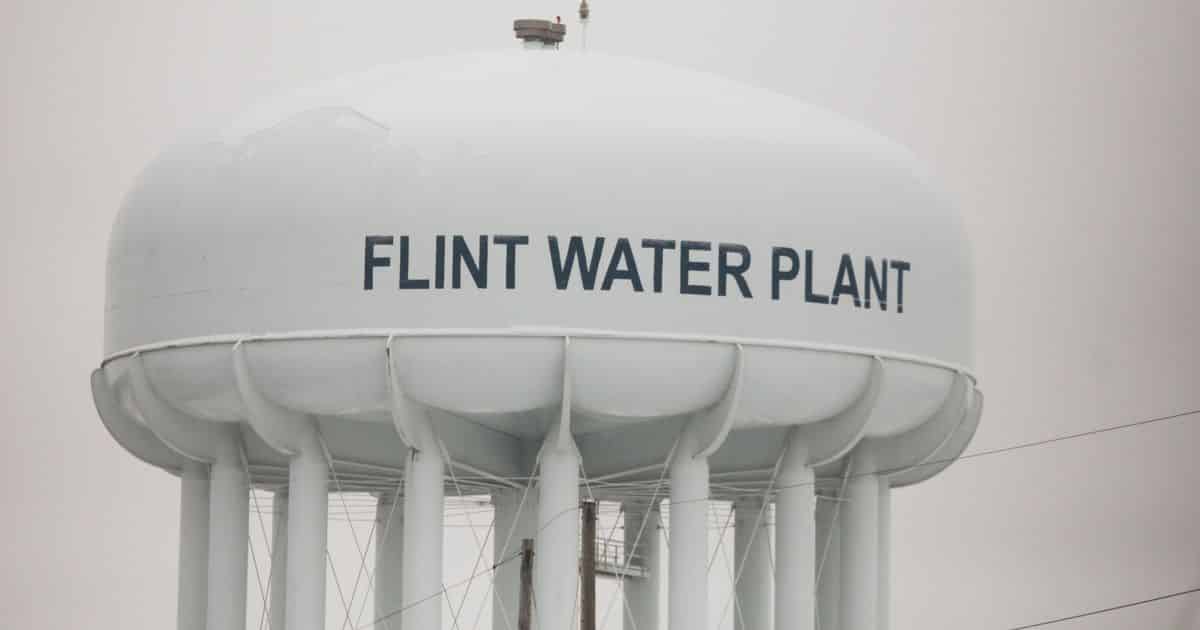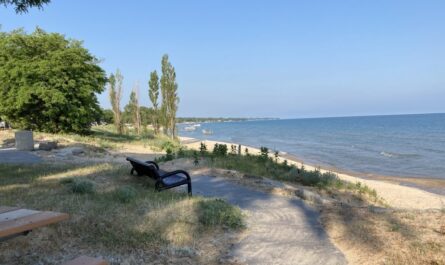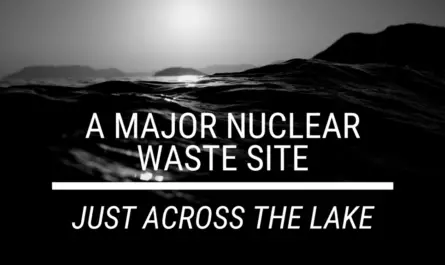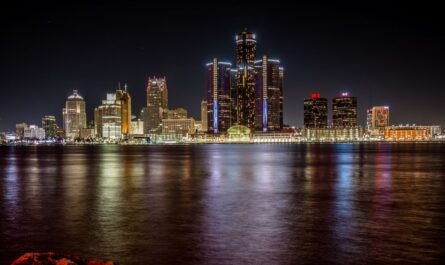Water contamination leads people to develop acute health issues like cancer, fertility problems, etc. Moreover, chemicals in the water can affect the environment, especially surrounding vegetation and aquatic life.
Table of Contents
Water Contamination Effects Are Long Lasting
There have been countless water contamination incidents that have either affected humans or the environment. In the litany of environmental disasters, one stands out in particular for its tragic impact on both human health and the environment: the Love Canal disaster in 1979. Located in the city of Niagara Falls in New York State, Love Canal was the site of a horrifying environmental catastrophe that exposed the dangers of improper chemical waste disposal.
In the late 1970s, it was discovered that over 21,000 tons of toxic chemicals had leaked from an old waste site into the neighborhood’s water supply. The dangerous substances, which included carcinogens like benzene and dioxin, were originally dumped into the Love Canal by a chemical company in the 1940s and 1950s. The area was later covered with soil and sold to the city, which built homes and a school on the toxic site, oblivious to the impending disaster.
The chemicals began to leak into the environment in the late 1970s, contaminating not just the groundwater, but also the air and soil. The impact on the local environment was devastating, with local vegetation dying off and animals suffering from the toxic exposure.
But even more tragic was the impact on the human health. The residents of Love Canal began suffering from an array of health problems, including high incidences of cancer, birth defects, and miscarriages. The contamination of the drinking water supply was particularly problematic, as it increased the risk of exposure to the toxic chemicals.
The Love Canal disaster prompted a nationwide outcry and led to significant changes in environmental policies. It was instrumental in the creation of the Superfund program, a federal program designed to clean up contaminated sites. Despite these changes, however, the legacy of Love Canal remains a somber reminder of the devastating consequences of environmental negligence.
This article will discuss four similar incidents that changed the course of history in America.
#1. Chemical Spill in Elk River, West Virginia
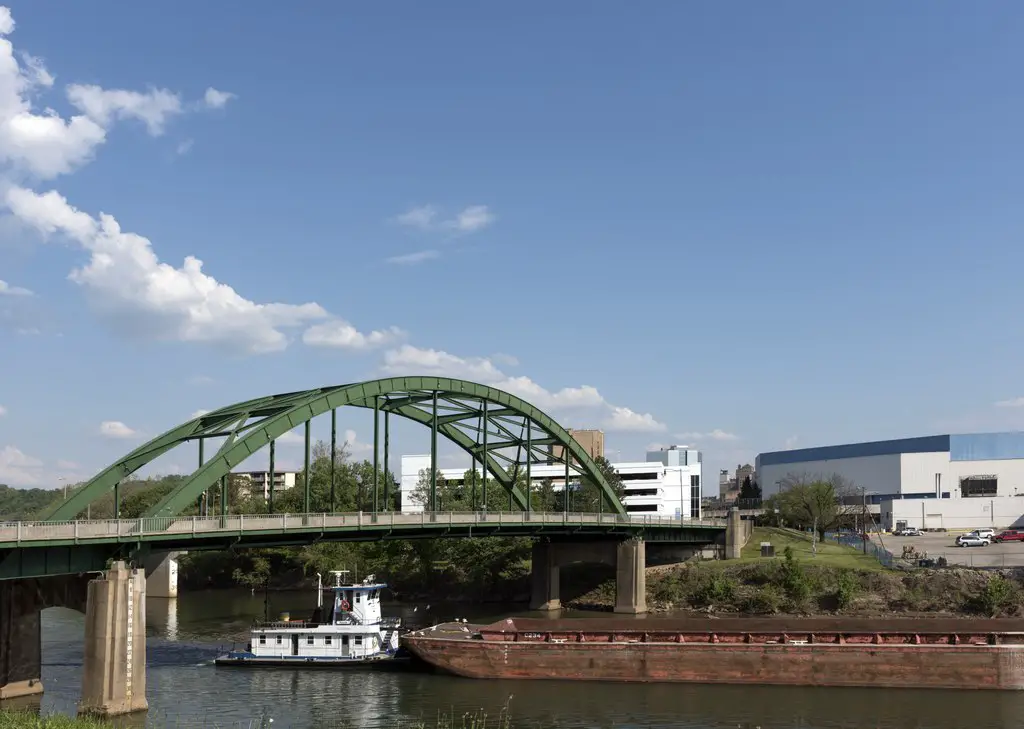
On January 9th, 2014, residents of Charleston noticed a strange odor in the tap water. This licorice smell started getting worse as the day progressed. Soon, the government issued a warning compelling the residents to avoid drinking or using tap water.
But what exactly happened? Crude methylcyclohexane methanol (MCHM) was the main culprit behind the smell. There was a leak of 10,000 gallons of MCHM into the Elk River. For the next few weeks, over 300,000 people were asked not to touch the tap water.
The chemical mixture of MCHM leaked from an old storage tank abandoned near the river banks. Once it leaked, the chemical was carried upstream to a water intake that supplied drinking water to nine counties.
Unfortunately, some residents had already ingested this water, leading to widespread sickness and hospitalization. Schools, restaurants, and hospitals faced the most inconvenience. That’s because none of these establishments had access to clean drinking water.
Thankfully, this incident taught the industrial sector the importance of strict pollution control regulations and enforcement of water standards.
#2. Toxic Water Contamination in Puerto Rico
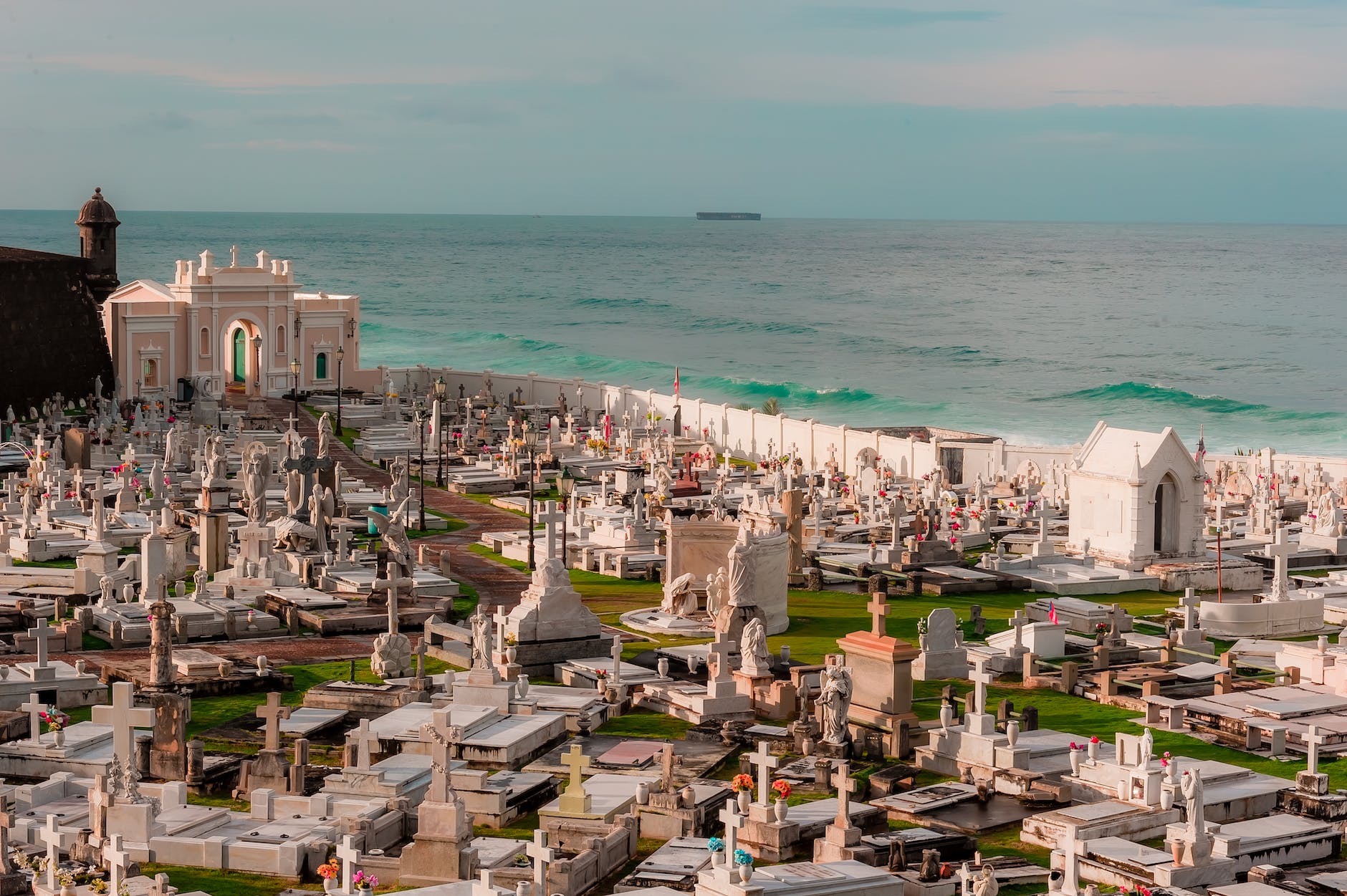
This island has always been plagued with poor-quality and toxic drinking water. About nine years ago, approximately 99.5% of Puerto Ricans drank water that unfortunately violated the Safe Drinking Water Act (SDWA). Soon after, Hurricane Maria destroyed the island’s water infrastructure and worsened their contamination problems.
But why do you think this island has so many water problems? Environmental chemists believe widespread industrial pollution and poor land management are the main reasons. Moreover, it can be due to a lack of stringent SDWA enforcement, underdeveloped infrastructure, and sewage waste contamination.
For instance, the pharmaceutical industry is one of the biggest groundwater polluters in Puerto Rico. Similarly, the coal industry has contributed to massive ash pollution, leading to unsafe drinking water. People are suffering in every corner of this island as they lose their quality of life due to unsafe drinking water.
Thankfully, people have started to raise their voices about the loss of water quality and the government’s inability to make changes. That’s why, in 2023, the Biden administration offered USD 62 million to upgrade Puerto Rico’s water infrastructure. However, people are also requesting new legislation to enforce SDWA standards across the island’s public water supply.
#3. The Camp Lejeune Water Crisis in North Carolina

Approximately 71 years ago, illegal waste disposal methods from an off-base dry-cleaning company changed everything for this Marine Corps base.
This company disposed of volatile organic compounds (VOCs), degreasers, and dry cleaning solvents without regulation for thirty years. These chemicals slowly seeped into the underground drinking water supplied to the residents at Camp Lejeune. As a result, two on-base water treatment plants were contaminated with trichloroethylene (TCE) and perchloroethylene (PCE).
The residents were naturally unaware of this and trusted the Department of Justice (DOJ). Hence, they used the toxic water for their daily activities. These include drinking tap water, washing clothes, cooking, bathing, etc.
Over one million Camp Lejeune residents suffered severe health consequences due to prolonged exposure between 1953 and 1987. Examples include all types of cancer, developmental delays in children, Lou Gehrig’s disease (ALS), non-Hodgkin’s lymphoma, etc.
The thing is that the Navy became aware of this exposure in 1982. However, it took them almost five more years to close down the contaminated wells and warn the residents. By then, it was too late.
Of course, the victims wanted justice. However, they couldn’t hold the DOJ responsible for their actions due to sovereign immunity.
Thankfully, the Camp Lejeune Justice Act (CLJA) of 2022 allowed every victim to file administrative claims and lawsuits against the government. The CLJA ensured that affected individuals were compensated for damages like medical bills, loss of employment, permanent disabilities, etc.
According to TorHoerman Law, veterans, their families, and civilian workers are eligible to receive estimated payouts of USD 10,000 to USD 1,000,000. However, they need to present substantial proof of residency, medical details, and a legal representative.
#4. Cuyahoga River Fires in Ohio
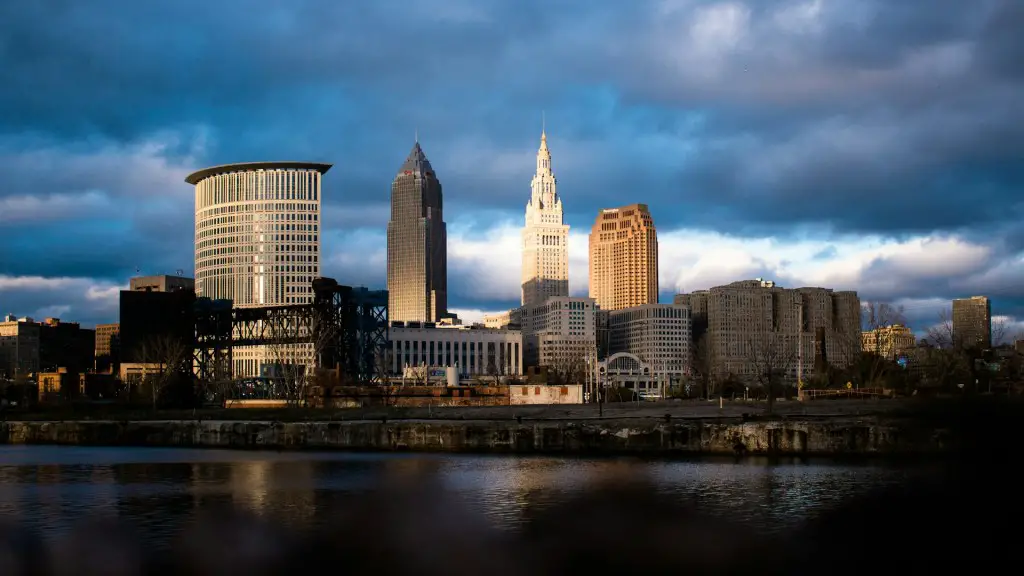
Approximately 55 years ago, the most shocking water contamination event happened in Ohio. Back then, everyone living near the Cuyahoga River in Cleveland knew about its dangers. During that time, if anyone fell into this water body, they needed to be rushed to the hospital immediately.
This happened after a century of industrial abuse, oil spills, and waste disposal. Hence, the river lost its natural charm. The water was slowly covered by oil slicks that spewed deadly bubbles, like in a horror movie. Sometimes, people would witness the corpses of bloated rats floating in the water.
But the incident of June 22nd, 1969, changed the Cuyahoga River’s fate forever. On that day, the river had caught fire, and the blazes reached as high as a five-story building. Even though the blaze was short-lived, it caused damage worth USD 50,000 to nearby railroad bridges. It wasn’t the first time this river had caught fire, though.
Soon after, an environmental debate started growing as students marched to the river to protest. This incident was one of the reasons why the Environmental Protection Agency (EPA) now oversees pollution regulations.
Today, the Cuyahoga River is no longer a symbol of calamity. Cleanup efforts were successful, and it has transformed into a recreational site. Now, people kayak, fish, and paddle board on this river.
#5 The Flint Water Crisis
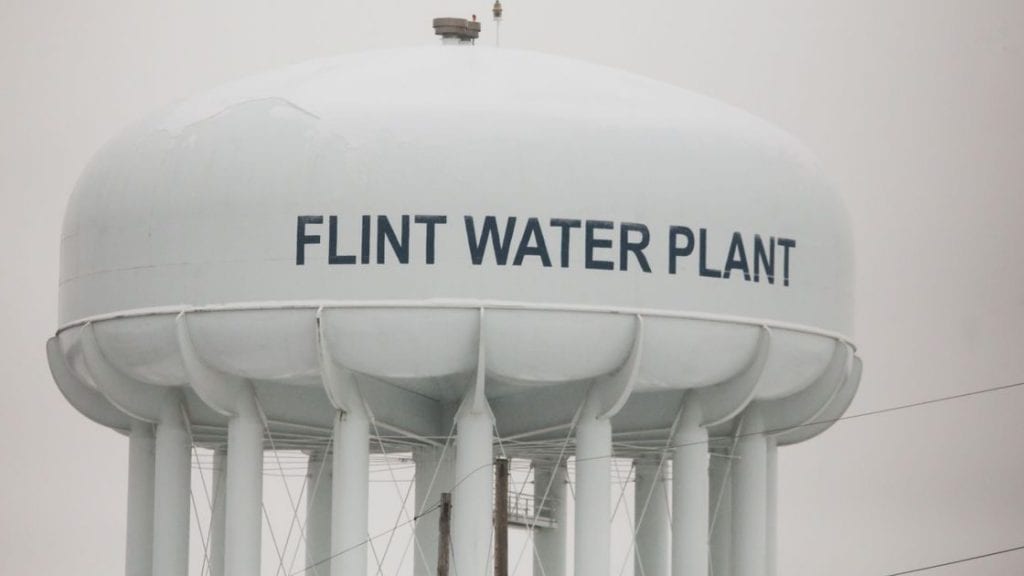
The Flint Water Crisis was a public health crisis that began in April 2014 in Flint, Michigan. The crisis started when the city’s drinking water source was changed from Lake Huron and the Detroit River to the cheaper Flint River. This decision was made under a state-appointed emergency manager.
Due to insufficient water treatment, over 100,000 residents were potentially exposed to high levels of lead in the drinking water. The switch in water source also led to an outbreak of Legionnaires’ disease in the county that has resulted in at least 12 deaths. A pair of scientific studies proved that lead contamination was present in the water supply.
This crisis has drawn significant legal action, including multiple lawsuits filed against Michigan’s Department of Environmental Quality and the Environmental Protection Agency (EPA). Several officials resigned over the mishandling of the crisis, and 15 were criminally charged.
Residents were instructed to use only bottled or filtered water for drinking, cooking, cleaning, and bathing. As of 2020, not all of the lead pipes have been replaced, leaving some residents still relying on bottled water.
The crisis has received widespread media coverage and prompted numerous investigations into how the situation was handled. It raised significant questions about governance, environmental justice, and public health, with the community and advocates arguing that the crisis would not have occurred in a wealthier, predominantly white community. It highlighted systemic issues of infrastructure and inequality, and the recovery process is ongoing. The Flint Water Crisis is considered one of the worst man-made environmental disasters in U.S. history.
Final Thoughts About Water Contamination Tragedies
In summary, most water contamination incidents teach Americans about the importance of safety regulations. Thankfully, the government has set maximum sustainable limits and established water footprint benchmarks to ensure optimal water quality.

